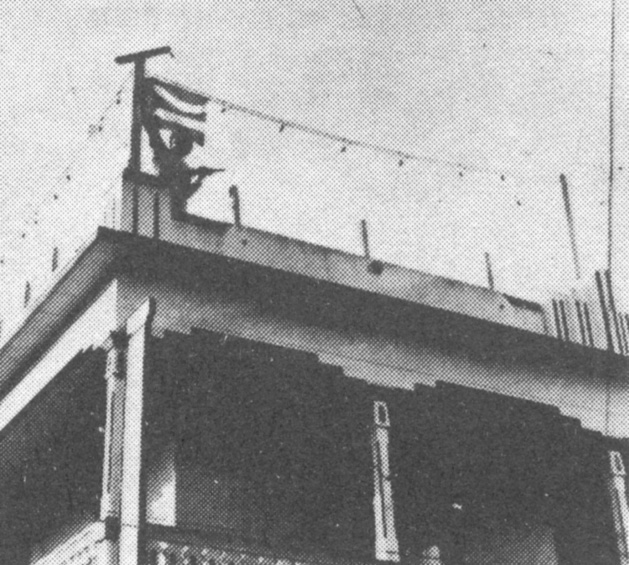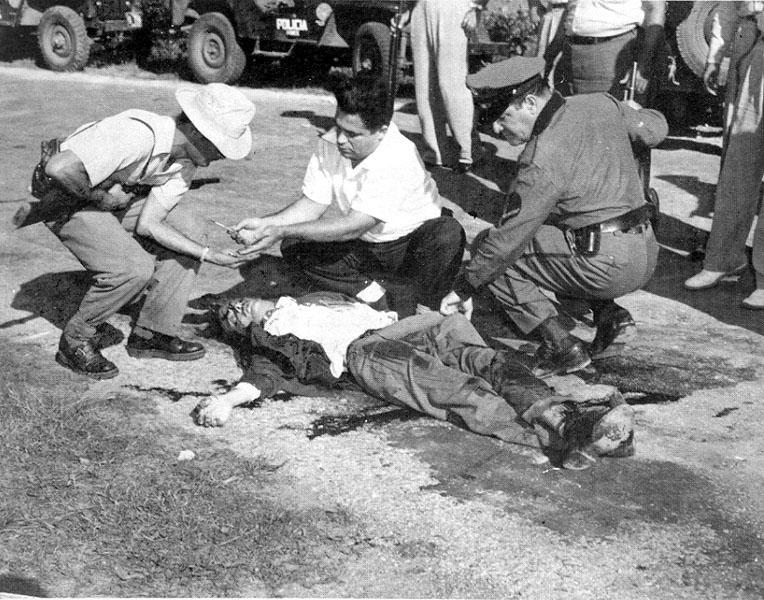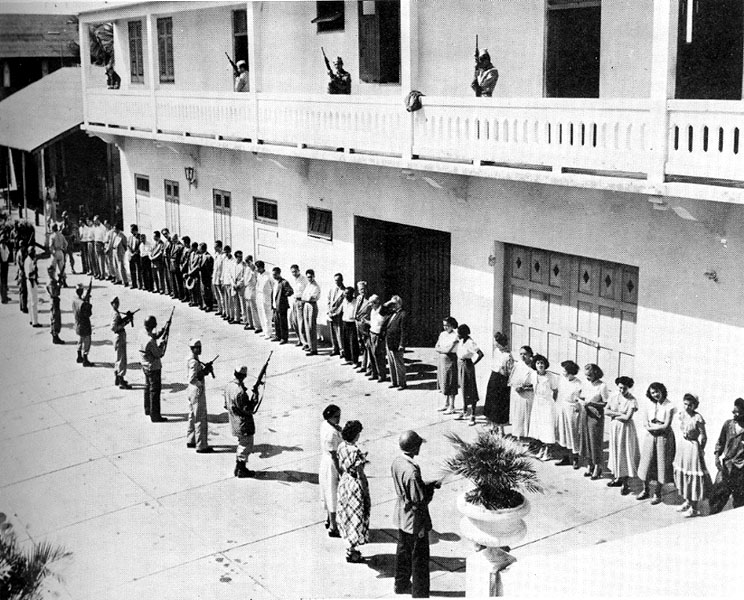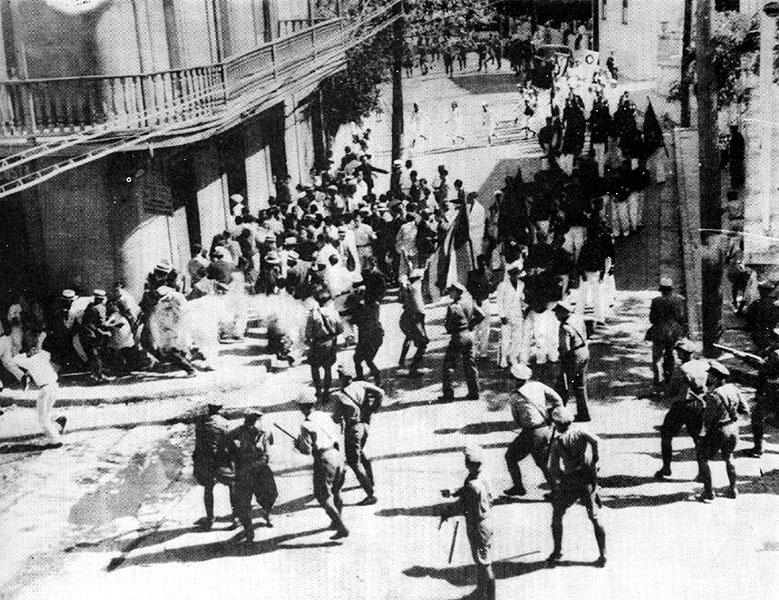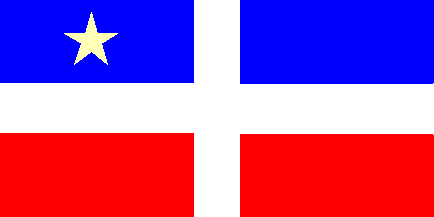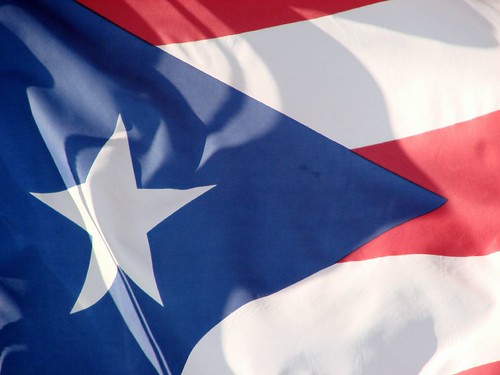
U.S. Capitol shooting incident (1954)
On March 1, 1954four Puerto Rican nationalists entered the capitol, and shot 30 rounds into the hall. The shots wounded five lawmakers ,one seriously wounded. None of the 240 members of congress that was on house floor, was killed. The government body hadn’t been attacked in 150yrs before the incident. The attack was a shocking act of violence on the house. One of the wounded used a tie as tourniquet. In order to stop the bleeding of a leg wound. James Van Zandt, whom was a navy veteran, ran up the stairs and helped capture an assailant.
Lolita Lebron one of the nationalist shooters ,was taken away after the attack. She was quoted as shouting out. “Free Puerto Rico”. Today she still feels no guilt over the incident. She is one of the two nationalists that survived that day. After the two had served 25 years ,in 1979 president Carter freed the nationalists. While the Carter administration denied any connection between the event ,and Fidel Castro. Pertaining to the release of several Americans being held in Cuba. The Americans were being held on espionage charges. After the house considered putting up bulletproof glass. Which have been around the over looking visitors gallery chamber.
References: http://www.hollandsentinel.com/stories/022904/fea_022904040.shtml
